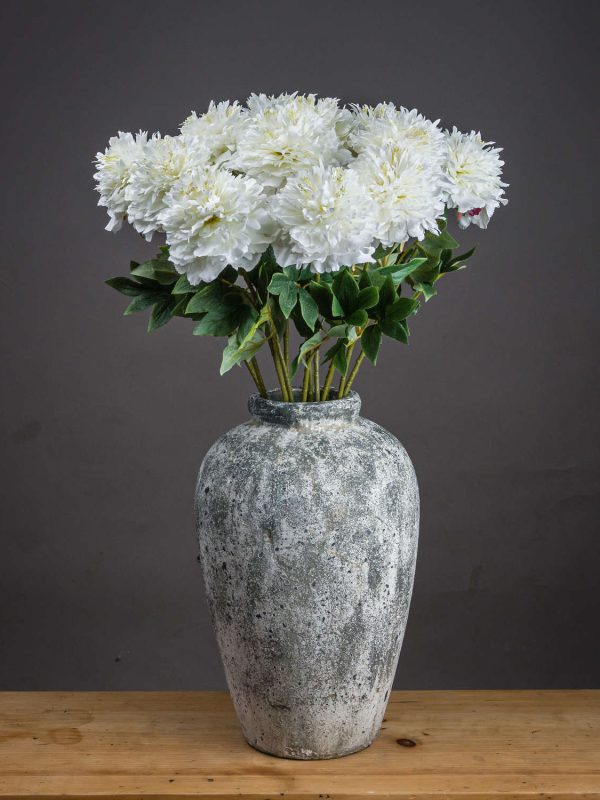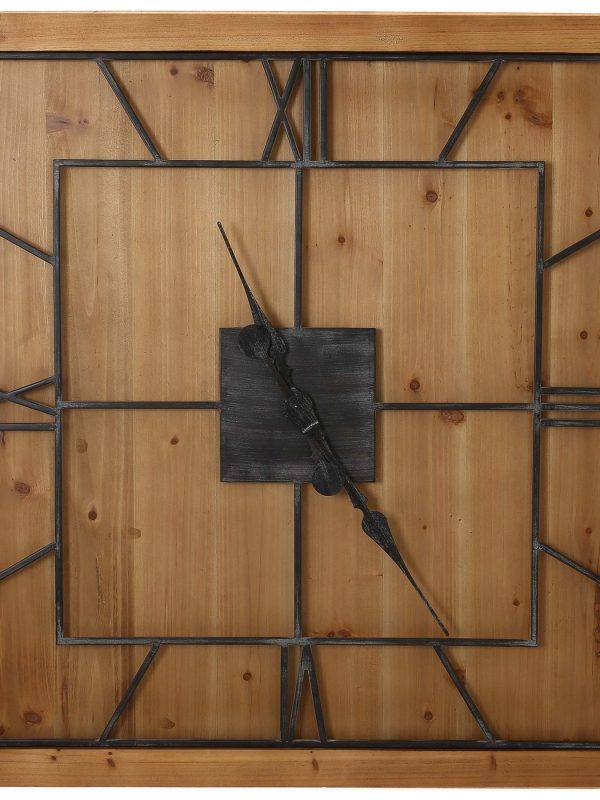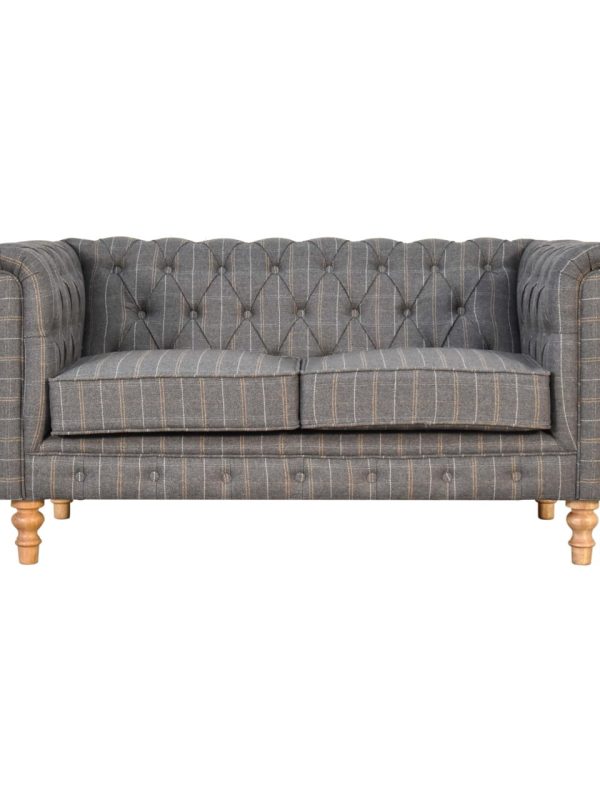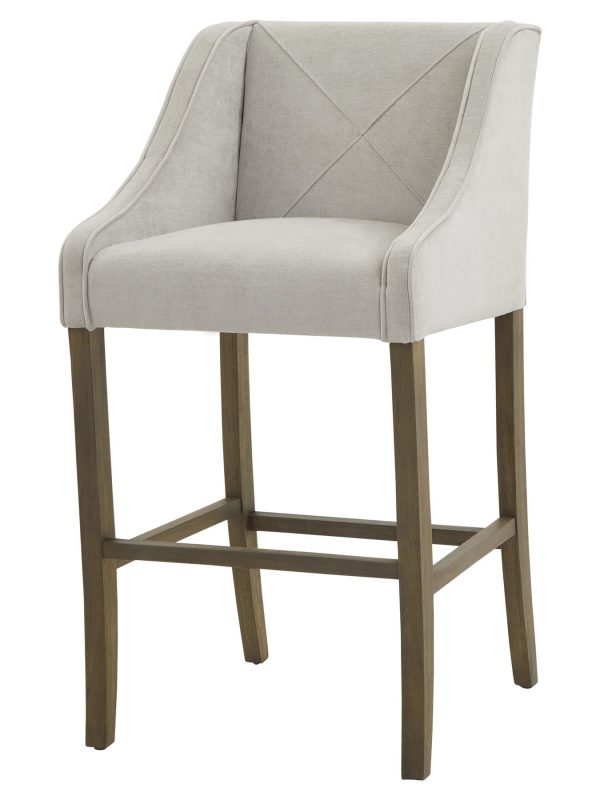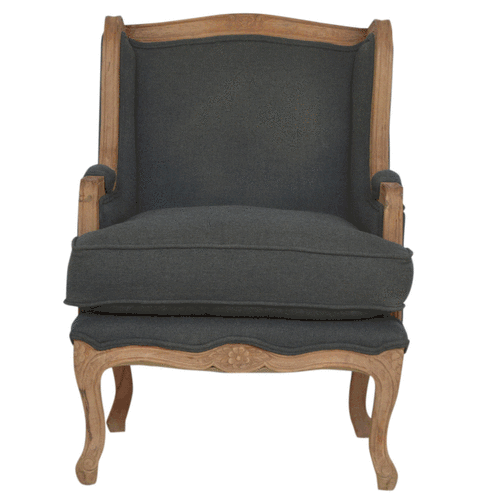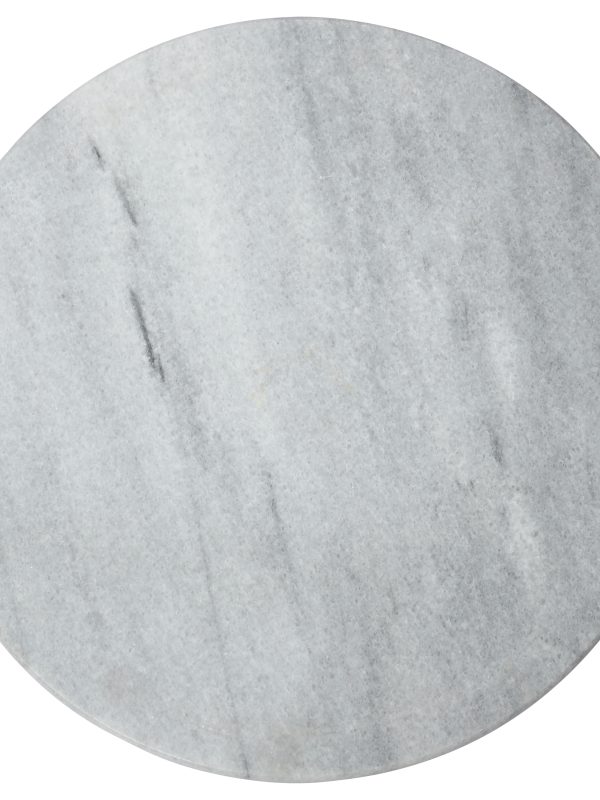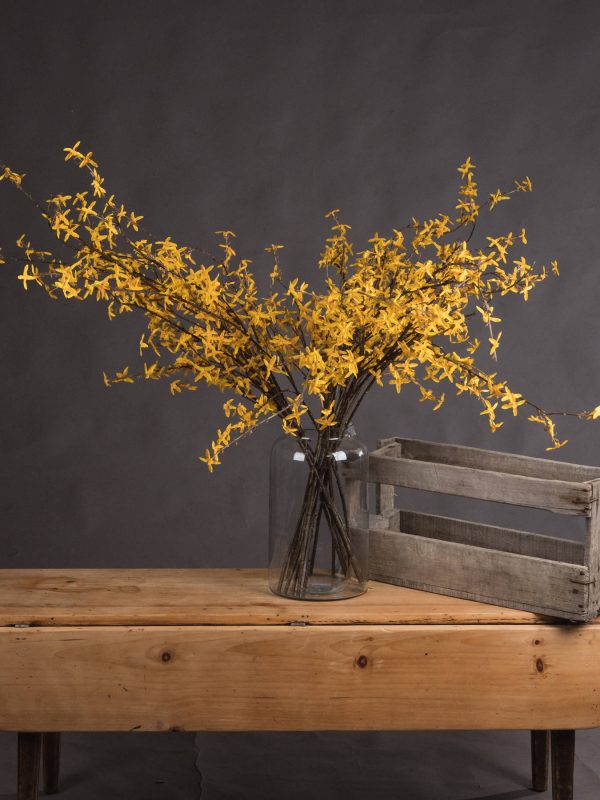Feng Shui, an ancient Chinese practice, focuses on harmonizing individuals with their environment. This philosophy emphasizes the flow of “Qi” (pronounced “chee”), or life energy, through spaces to achieve balance, promote well-being, and attract positive energy. By incorporating Feng Shui principles into interior design, you can transform your home into a sanctuary of harmony and relaxation. This article will explore key Feng Shui concepts and offer practical ways to integrate them into your living space.
1. Understanding the Basics of Feng Shui
At its core, Feng Shui is about arranging your living space to optimize the flow of energy and promote balance. This involves five essential elements—wood, fire, earth, metal, and water—which interact with each other in various ways. Each element is associated with specific characteristics:
- Wood: Represents growth, vitality, and creativity. It is linked to green and brown colors.
- Fire: Symbolizes passion, energy, and transformation. Associated with red, orange, and purple hues.
- Earth: Represents stability, nourishment, and grounding. Its colors include yellows and browns.
- Metal: Linked to clarity, precision, and focus. It corresponds with white, gray, and metallic colors.
- Water: Symbolizes wisdom, fluidity, and abundance. It is associated with black and blue tones.
A well-balanced interior should incorporate all five elements in a complementary manner to create harmony. The Bagua, an energy map used in Feng Shui, further guides the layout of spaces by assigning specific areas of a home to different aspects of life, such as career, health, and relationships.
2. Maximizing the Flow of Qi
In Feng Shui, ensuring a smooth flow of Qi through your home is vital for creating a harmonious environment. Blocked or stagnant energy can lead to discomfort and negative outcomes, while free-flowing Qi enhances well-being. Here are some ways to optimize the flow of energy in your home:
- Declutter Regularly: A cluttered space can obstruct the flow of Qi and create a sense of chaos. Keeping your home organized and minimizing clutter allows energy to move freely and creates a calm, inviting atmosphere. Aim for a balance between minimalism and a personalized space.
- Mind the Entrance: The entrance to your home is considered the “mouth of Qi,” where energy enters. It should be welcoming, well-lit, and free from obstructions. Keep the pathway clear, and consider adding a welcoming mat or a potted plant to enhance the positive energy.
- Avoid Sharp Corners and Blockages: Sharp angles and objects can direct harsh energy toward individuals. If possible, soften corners with rounded furniture or place plants in the corners to diffuse the energy. Ensure pathways within your home are unobstructed to promote smooth energy flow.
3. Feng Shui in the Living Room
The living room is often the heart of the home, where family and friends gather. In Feng Shui, this space should encourage relaxation, connection, and positive energy. Here’s how to incorporate Feng Shui principles:
- Furniture Arrangement: The placement of furniture in the living room should encourage conversation and create a circular flow of energy. Avoid placing sofas or chairs directly in line with the door, as this can create a confrontational flow. Instead, position seating arrangements to face each other, ideally forming a semi-circle. A solid wall behind the main seating area provides a sense of stability.
- Use of Colors: Integrate colors that reflect the elements associated with the purpose of the space. For example, shades of blue and green can bring calmness, while earth tones add a sense of grounding. Consider adding accent colors, such as red or orange, for warmth and energy.
- Add Natural Elements: Incorporating plants, wooden furniture, and natural textiles like cotton or wool introduces the wood and earth elements. Plants like jade or peace lilies are particularly auspicious as they symbolize growth and purification.
4. Feng Shui in the Bedroom
The bedroom is a place for rest, intimacy, and rejuvenation, making it essential for Feng Shui principles to promote a peaceful atmosphere. Here are some tips for creating a harmonious bedroom:
- Position the Bed Correctly: The bed should be placed in the “command position,” which means it is diagonal to the door but not directly in line with it. This placement allows for a sense of security and control. Ensure that the bed has a solid headboard and space on both sides to encourage balanced relationships.
- Choose Calming Colors: Soft, muted colors like pastels, beige, and light blue are ideal for bedrooms, as they promote relaxation. Avoid overly stimulating colors like bright red or dark purple, which can disrupt sleep.
- Reduce Electronic Distractions: Minimize the presence of electronic devices in the bedroom, as they can interfere with restful sleep and emit electromagnetic energy that disrupts the flow of Qi. If you need an alarm clock, opt for a battery-operated one instead of a smartphone.
5. Feng Shui in the Kitchen
The kitchen represents nourishment and wealth in Feng Shui, making it crucial to keep this area balanced and clean. Here’s how you can bring good Feng Shui into your kitchen:
- Keep It Clean and Organized: A clean kitchen signifies abundance and good health. Regularly clear countertops, and avoid keeping expired food items. Store kitchen tools neatly, and make sure the stove and sink are well-maintained.
- Fire and Water Balance: The stove (fire element) and sink or refrigerator (water element) should not be placed directly opposite each other. This arrangement can create a clash of elements, leading to conflict. If this is unavoidable, placing a wooden cutting board or a small plant between them can help balance the elements.
- Use the Color Red Sparingly: While red is associated with the fire element, using it excessively in the kitchen can create excessive energy. Opt for earth tones or neutral shades to balance the space, while using red as an accent color.
6. Creating Balance with the Five Elements
A well-designed space in Feng Shui incorporates all five elements, with careful consideration of how they interact. Here are some ways to use each element to create a balanced and harmonious interior:
- Wood: Introduce wooden furniture, indoor plants, or artwork depicting trees to bring in the wood element. This adds growth energy and vitality.
- Fire: Use candles, a fireplace, or even images of the sun to incorporate the fire element. This can help boost passion and energy in a room.
- Earth: Earth elements like ceramics, stone objects, and terracotta pots can add grounding and stability. Earth tones in furnishings or wall colors also contribute to this effect.
- Metal: Metal frames, sculptures, or furniture can bring clarity and focus. The metallic colors, such as gold or silver, can also be used in accents.
- Water: Incorporate water through indoor fountains, aquariums, or artwork depicting water. This element can enhance calmness and introspection.
7. Feng Shui in Office Spaces
With more people working from home, it’s important to consider Feng Shui principles in the office to maintain productivity and well-being:
- Desk Placement: Position your desk so that you can see the door while working, but don’t have your back to it. This command position enhances focus and a sense of control. If this isn’t possible, use a mirror to reflect the door.
- Declutter the Workspace: Keeping the workspace organized and free from clutter is essential for maintaining focus and inviting positive energy. Use filing cabinets and storage solutions to keep the space tidy.
- Incorporate Green Plants: Green plants in the office can reduce stress, improve air quality, and introduce the wood element, which represents growth and creativity.
8. Using Feng Shui to Attract Positive Energy
Feng Shui is not just about interior design; it’s a holistic approach to creating an environment that supports well-being and prosperity. By incorporating Feng Shui principles, you can enhance specific aspects of your life:
- Wealth Area: According to the Bagua map, the southeast corner of your home is associated with wealth. Adding elements such as a water feature, plants, or purple decor in this area can help attract abundance.
- Relationship Area: The southwest corner of your home relates to relationships. Incorporate earth elements, pairs of objects (such as two candles or two pieces of art), and soft, warm colors to promote harmony and love.
- Health and Family Area: The east area of your home is connected to health and family. Strengthen this zone by adding the wood element, plants, and natural materials.
Incorporating Feng Shui into interior design allows you to create a living space that not only looks aesthetically pleasing but also promotes balance and well-being. By paying attention to the placement of furniture, color choices, the five elements, and the flow of energy, you can transform your home into a harmonious sanctuary that supports all aspects of life. Whether you’re a Feng Shui novice or a seasoned practitioner, these principles offer practical ways to bring positive energy and balance into your home.

